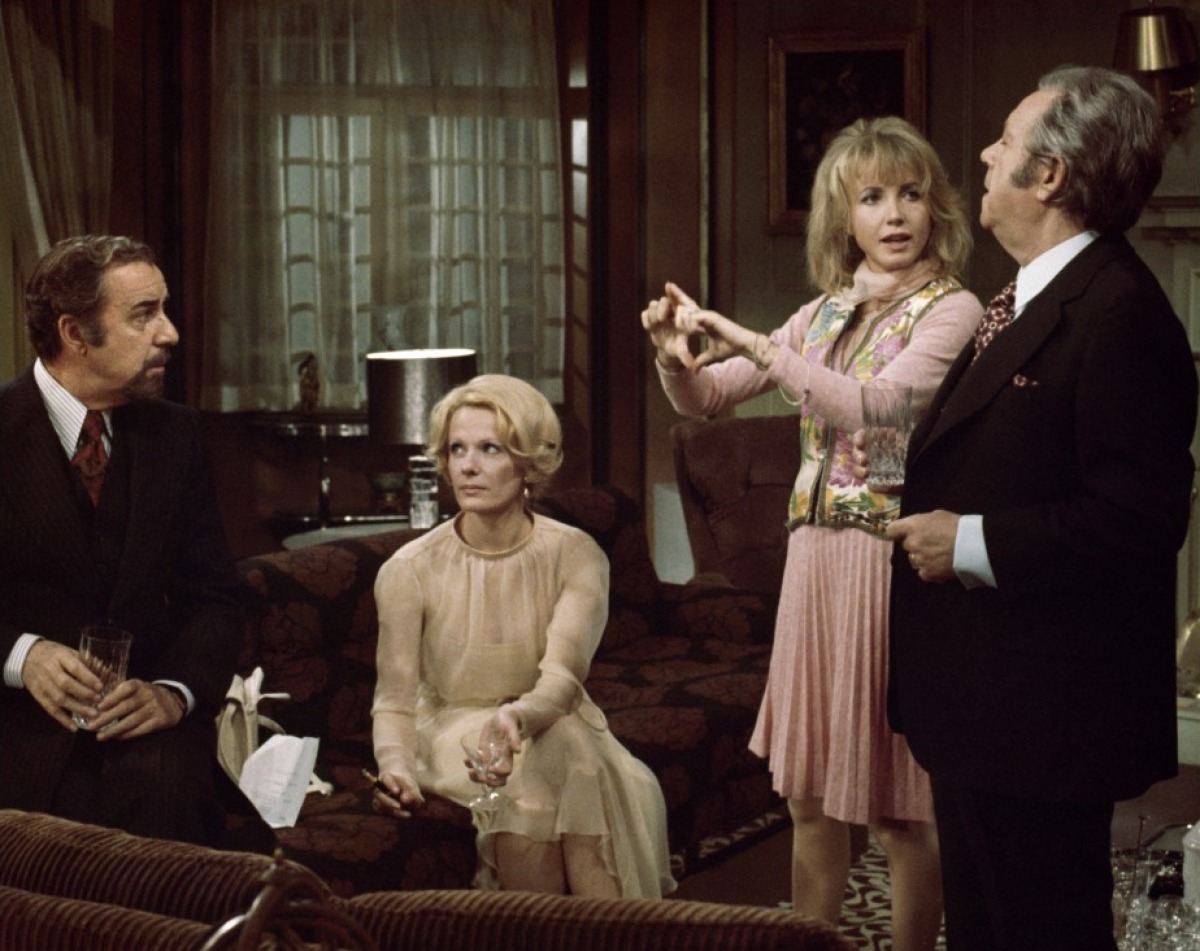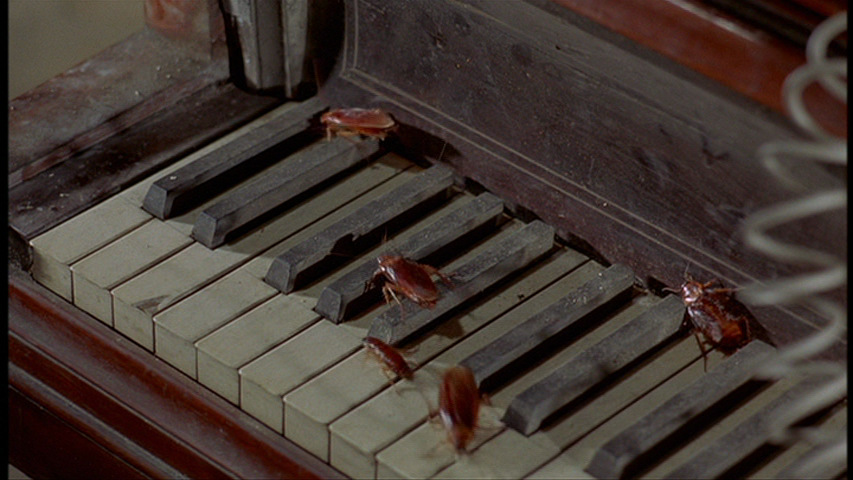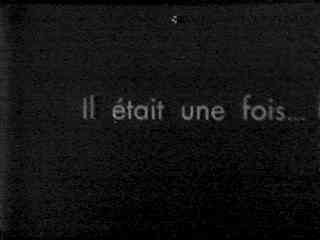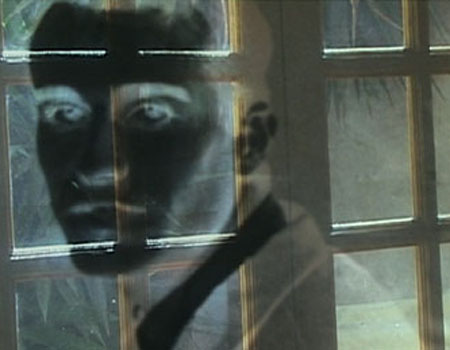From the Winter 1972–1973 Sight and Sound. — J.R.


REPORTER: Who are your favorite characters in the movie?
BUÑUEL: The cockroaches.
— from an interview in Newsweek

“Once upon a time . . .” begins UN CHIEN ANDALOU, in mockery of a narrative form that it seeks to obliterate, and from this title onward, Buñuel’s cinema largely comprises a search for an alternative form to contain his passions. After dispensing with plot entirely in UN CHIEN ANDALOU, L’AGE D’OR, and LAS HURDES, his first three films, and remaining inactive as a director for the next fifteen years (1932–1947), Buñuel has been wrestling ever since with the problem of reconciling his surrealistic and anarchistic reflexes to the logic of story lines. How does a sworn enemy of the bourgeoisie keep his identity while devoting himself to bourgeois forms in a bourgeois industry? Either by subverting these forms or by trying to adjust them to his own purposes; and much of the tension in Buñuel’s work has come from the play between these two possibilities.
Buñuel can always tell a tale when he wants to, but the better part of his brilliance lies elsewhere. Read more
This was written for the Writers Guild magazine Written By; it ran in their August 1997 issue and was later reprinted in my collection Essential Cinema.
My comparison of May with Erich von Stroheim, which may sound frivolous, is actually something I take very seriously. Both filmmakers are mainstream figures with the temperaments of avant-garde artists; Orson Welles’ description of Stroheim’s style as “Jewish baroque” also fits May’s quite well; and perhaps most significantly of all, both of these highly obsessional writer-director-performers create films populated almost exclusively by monsters, yet characters whom their creators clearly love. In this latter respect, May might even be considered more radical than Stroheim because one can’t cite a single villain in her four features — unlike, say, Schani the butcher (Matthew Betz) in Stroheim’s The Wedding March. Furthermore, for me, the two greatest Stroheim films, Foolish Wives and Greed, are echoed in many respects by The Heartbreak Kid and Mikey and Nicky, the two best films of May.
On the evening of June 27, 2010, in Bologna, Italy, I had the rare, unexpected, and delightful privilege of spending a couple of hours with May. It was a friendly conversation over dinner rather than any sort of interview, but she did tell me in passing a few things about her life and work that I’ve added to this piece as footnotes. Read more
From the Chicago Reader (April 2, 2004). This wonderful documentary, incidentally, is now available on the Criterion DVD of Pickpocket. One of its most fascinating paradoxes for me is that Mangolte, a friend, isn’t a religious person, but this documentary strikes me as profoundly spiritual; Lasalle’s home is even treated as a sacred shrine. — J.R.

Les modèles de “Pickpocket”
***
Directed and written by Babette Mangolte
With Pierre Leymarie, Marika Green, and Martin Lasalle.
Not until he was in his late 90s did Robert Bresson get the recognition he deserved. He died in 1999 at the age of 98, living long enough to see his work affirmed by a retrospective the Toronto Cinematheque’s James Quandt organized that traveled around the world to full houses.
For years mainstream critics regarded Bresson as esoteric, pretentious, even something of a joke. “The chief fault is that the hero is a vacancy, not a character,” wrote Stanley Kauffmann in one of the more sympathetic reviews of Bresson’s 1959 Pickpocket, a free adaptation of Dostoyevsky’s Crime and Punishment. “Martin Lasalle, who plays the part, has a bony, sensitive face, but no deader pan has crossed the screen since Buster Keaton. The besetting fallacy of modern French films and novels is the belief that nullity equals malaise and/or profundity.” Read more




